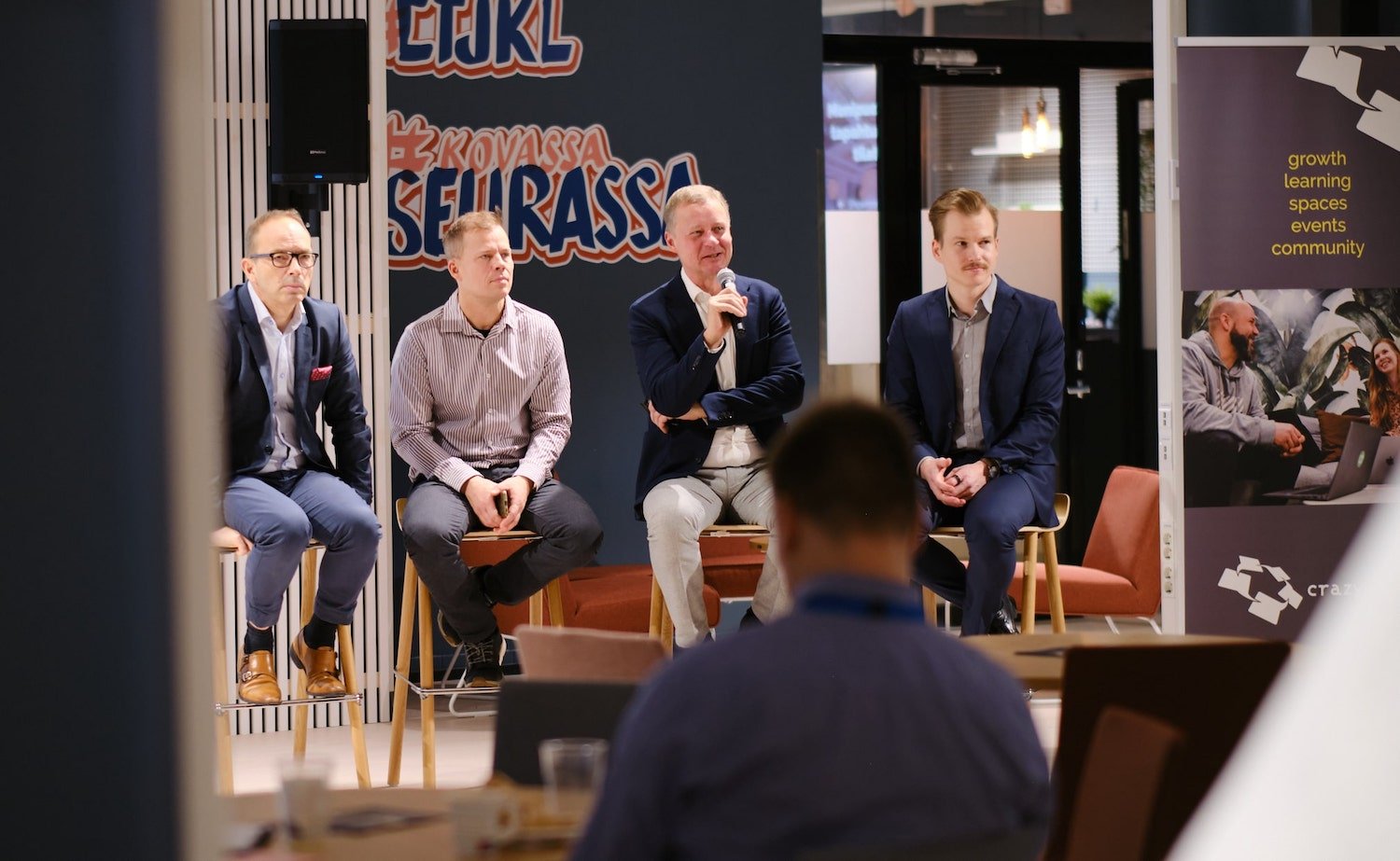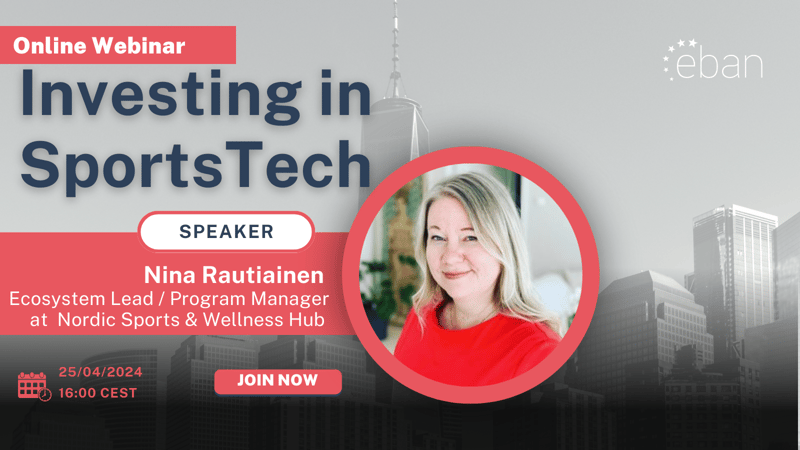Investing in wellbeing is not just about minimising risks but, above all, about building a competitive advantage. However, the common message was clear: companies investing in the wellbeing of employees are more successful than their competitors.

The topic sparked discussion and thoughts at the morning coffee session of the Hhub Leader360 programme in Crazy Town, Jyväskylä. Panelists are Pauli Forma (Varma), Juho Tuppurainen (Firstbeat), Jyrki Eklund (Aino Health) and Toni Laitila (Upright Project).
Pauli Forma, who has worked on the work ability themes for over 20 years, pointed out that there are big differences between companies in the management of wellbeing at work.
– Through this, some companies provide huge compensation to their competitors both in business and as employers, he sums up.
In addition, indicators and monitoring are needed. In order to make it happen, company needs to gain insight on how to implement business performance via focusing on wellbeing at work. To put plans into practice indicators and monitoring procedures are needed.
Data exists — what then?
More data is available than ever to support the management of wellbeing at work. According to Juho Tuppurainen from Firstbeat, it can be seen, for example, the impact of remote work on the work strain.
Data shows that the increase in remote work has reduced the physical activity of people by about half an hour a day.
– It is also seen from fitness tests that at the moment the average working capacity of people is enough for about six hours a day, Tuppurainen says.
Jyrki Eklund from Aino Health points out that the data must be used.
– We've got plenty of data. The most important question is “what then?”. What changes are made based on the data? Eklund summons.
According to him, absence from work have a multidimensional cost effect.
– Absence itself is a direct cost, for example in the forest industry about EUR 500 a day, but there also comes a multiplier effect. Employees that are present will have to compensate the absentee and make an extra mile, which in the long term can erode commitment to work or work community, Eklund describes.
Workplace culture has impact on wellbeing
Panelists agreed that a good culture is human-oriented and value-based, where meaningful work and individual well-being are at the heart of the work. More should also be said about the significance of culture, for all change takes place – or is not happening – around it.
Toni Laitila from Upright Project plays up the growth company perspective, where the most productive culture is “the cult”.
–When everyone has a strong faith in a common thing, it’s fun at work and things get done,” he describes.
– The reverse of the culture is that at some point some people start to get tired and they may fall off. It is also hard for an individual to be part of a culture where others hype and you no longer identify with it.
Take these into account when measuring wellbeing
-
Simplicity & impact: Measures should be simple, clear and focus on things that really have an impact.
-
Personal data vs. team data: Personal data is important for the individual but the team-specific data is most valuable for the management of the company.
-
Preventive metrics: When things are in order, they are also reflected in metrics such as eNPS.
-
Traditional metrics: From traditional metrics, measuring absence is still relevant but even more important is to understand and measure the factors behind.



